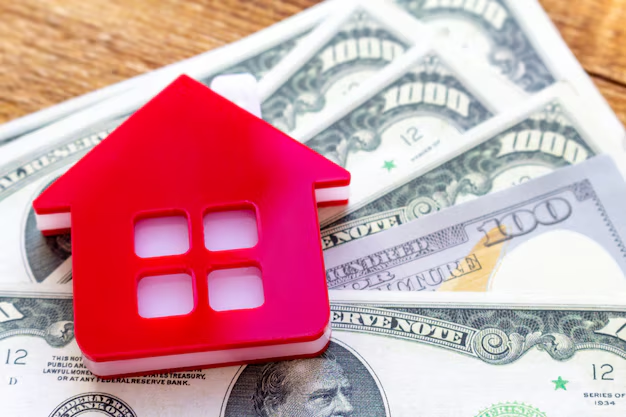Navigating Low-Income Apartments: A Pathway to Affordable Living
In today’s housing market, finding an affordable place to live can feel like searching for a needle in a haystack. For many individuals and families, low-income apartments present a crucial lifeline, offering a more pocket-friendly housing option. But what exactly constitutes a low-income apartment, and how does it fit into the broader landscape of financial assistance and support?
Understanding Low-Income Apartments
At its core, a low-income apartment is part of a housing initiative designed to make rent more affordable to people whose earnings fall below the median income level set by their specific region. These apartments often arise from government partnerships with private developers, facilitated by subsidies and tax incentives that lower the cost of rent for tenants while maintaining profitability for property owners.
Low-income apartments are often integrated within Public Housing Projects or Section 8 Housing, which the U.S. Department of Housing and Urban Development (HUD) supports. Section 8 allows eligible families to choose housing in the private market that fits within program guidelines thanks to a rental subsidy paid directly to landlords. This ensures a portion of rent is covered, significantly reducing the financial burden.
The Importance of Government Aid Programs
Government aid programs play a pivotal role in the affordable housing ecosystem. They provide essential support to individuals who might otherwise be priced out of adequate living conditions. HUD and similar local bodies offer several programs, such as Veterans Affairs Supportive Housing (VASH) and Housing for the Elderly (Section 202), each catering to specific demographic segments.
These programs don't just stop at housing; they connect people with additional resources like financial counseling, job training programs, and community services to help improve overall quality of life and foster independence.
Beyond Housing: Financial Assistance and Debt Relief
Whether you’re trying to secure a low-income apartment or wrestling with the financial burden of pricey rent, exploring financial assistance options is a smart move. Programs like the Low Income Home Energy Assistance Program (LIHEAP) can offer relief for utility bills, while non-profit organizations provide grants or zero-interest loans for various emergencies.
For those feeling the pinch of debt from loans, credit cards, or reports, debt relief solutions such as consolidation or counseling services could provide viable paths to regaining control over finances. Tapping into resources like these can make the dream of a stable home more achievable.
Credit Card Solutions and Budgeting
Exploring credit card solutions tailored for those with low income can also aid in managing finances. Many credit cards offer rewards and cashback on daily expenses, or have low (or no) fees, easing the load on tight budgets. Coupled with effective budgeting—setting clear spending limits and tracking monthly expenses—these solutions work hand-in-hand to keep your financial goals on track.
Educational Opportunities and Growth
Educational grants and professional growth opportunities serve as the foundation for building a better financial future. The Federal Pell Grant, for instance, provides need-based grants to low-income undergraduate and certain postbaccalaureate students to promote access to higher education. Learning new skills can lead to better job prospects, increasing income potential, and subsequently, enhancing your ability to afford housing without aid over time.
In conclusion, low-income apartments play a critical role in making housing accessible. They fit into a comprehensive web of financial assistance programs designed to uplift and empower individuals and families. By utilizing these resources, turning the dream of affordable housing into a reality doesn't have to be just a dream. Here's to exploring, igniting change, and securing a brighter future.
Essential Resources and Opportunities 🌟
- Section 8 Housing Vouchers 🏠
- Public Housing Agencies (PHAs) for localized help 🎯
- Low Income Home Energy Assistance Program (LIHEAP) ⚡
- Debt Relief Counseling: Various non-profits and credit unions 📉
- Educational Grants like the Federal Pell Grant 🎓
- Budgeting Apps and Tools for Financial Management 🗂
- Zero-Interest Emergency Loans from Non-Profits 💰
- Veterans Affairs Supportive Housing (VASH) for veterans 🎖
